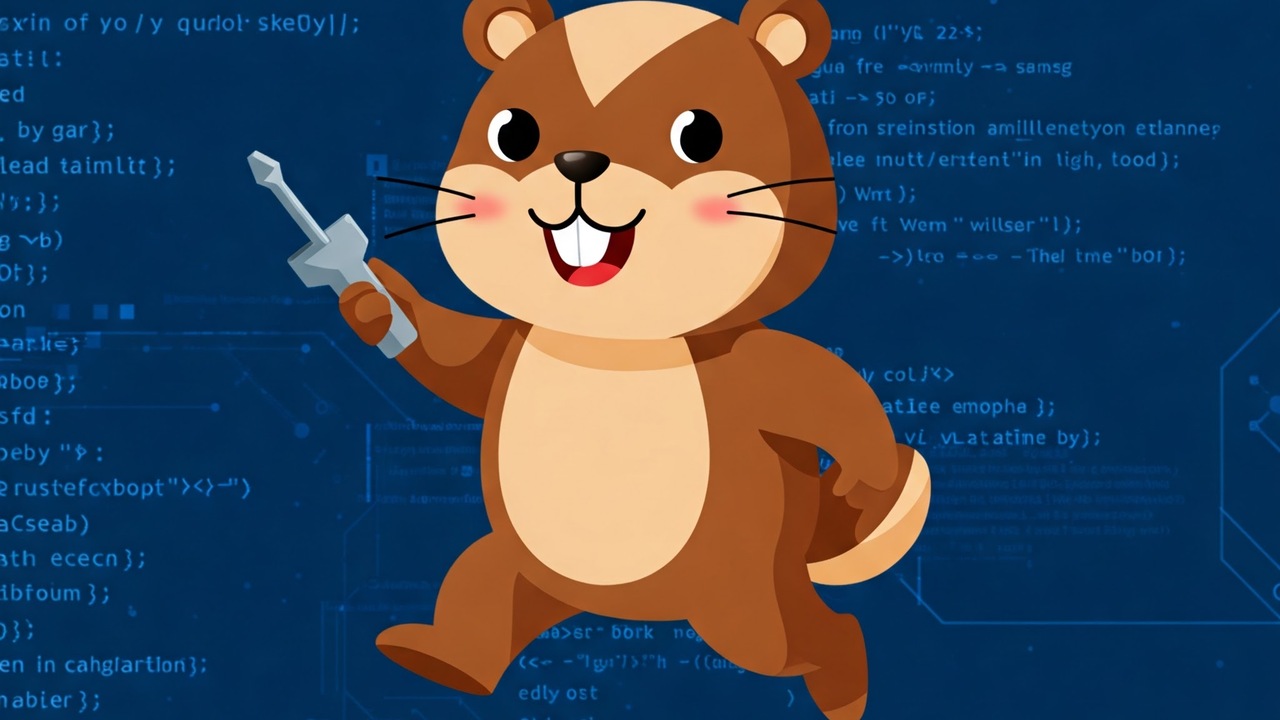-

Polymorphism in Go - without interfaces 🦆
-

Factory patterns in Go (Golang) 🏭
-

A Comprehensive Guide of Arrays and Slices in Golang (and their differences)
-

How to Use Context in Golang (Deadlines, Cancellation, and Passing Values)
-

An Introduction to Channels in Go (Golang)
-

Command Pattern in Go (Golang)
-

Golang Constructors - Design Patterns For Initializing Variables
-

Data races in Go(Golang) and how to fix them
-

Executing Shell Commands in Golang
-

Golang's 'Defer' Keyword: What It Is and How It Works
-

Mastering Error Handling in Go: A Comprehensive Guide
-

Golang functions vs methods 👯♀️
-

Using Enums (and Enum Types) in Golang
-

Making REST API Requests in Golang using the HTTP Client
-

A Complete Guide to JSON in Golang (With Examples)
-

Build a web application in Go (golang)
-

Using Maps in Golang - With Examples
-

Implementing JWT based authentication in Golang
-

How to Use Iota in Golang
-

Using a Mutex in Go (Golang) - with Examples
-

Golang Make Function - Initializing Slices, Maps, and Channels (Size and Capacity)
-

Golang - Implementing Heap Data Structure (and Heap Sort)
-

Creating an OAuth2 Client in Golang (With Full Examples)
-

How to Implement Password Authentication and Storage in Go (Golang)
-

Golang Omitempty Explained
-

Functional Options in Go: Implementing the Options Pattern in Golang
-

Session Cookie Authentication in Golang (With Complete Examples)
-

Implementing Set Data Structures in Golang (With Examples)
-

A Guide On SQL Database Transactions In Go
-

Time in Golang - Working With Time, Duration, and Dates (With Examples)
-

Using a PostgreSQL Database in Go (in Production)
-

Type Conversion and Type Assertion in Golang - Everything You Need to Know (With Examples)
-

Implementing RSA Encryption and Signing in Golang (With Examples)
-

Variables in Golang - Everything You Need to Know
-

Implementing a Kafka Producer and Consumer In Golang (With Full Examples) For Production
-

Making an interactive Telegram bot in Go (Golang)